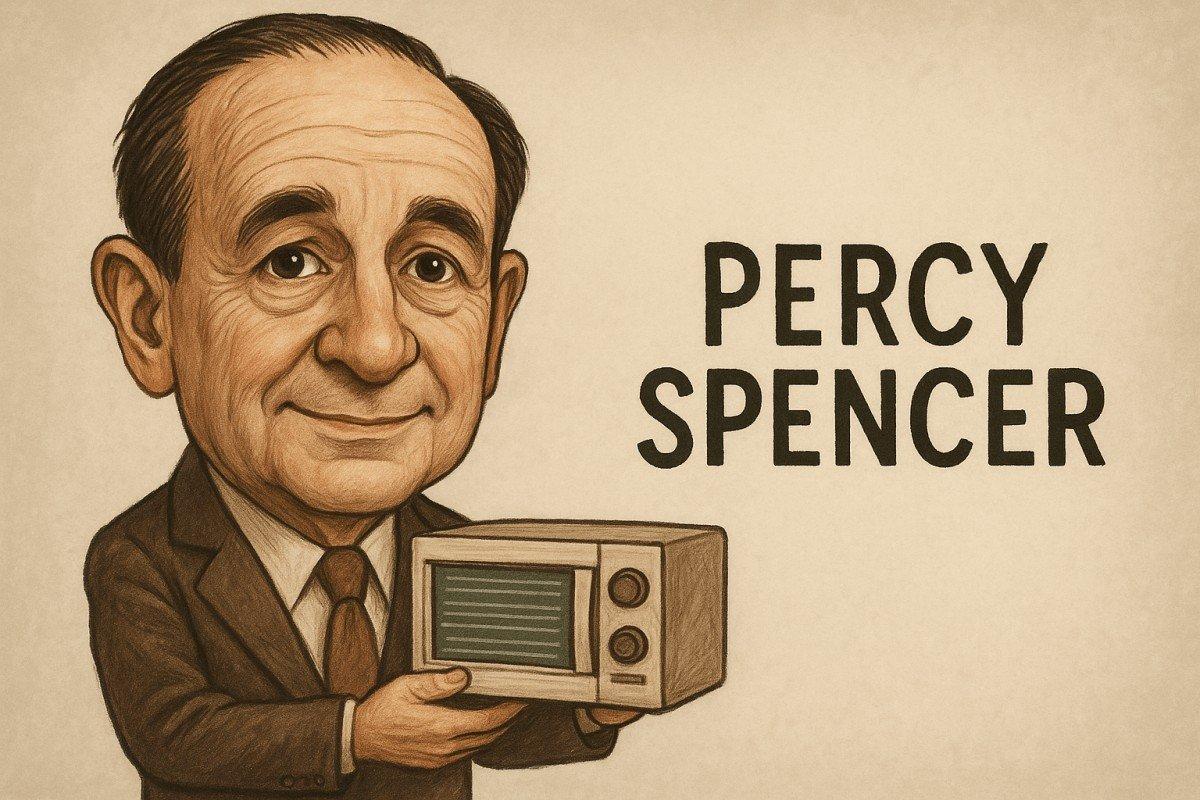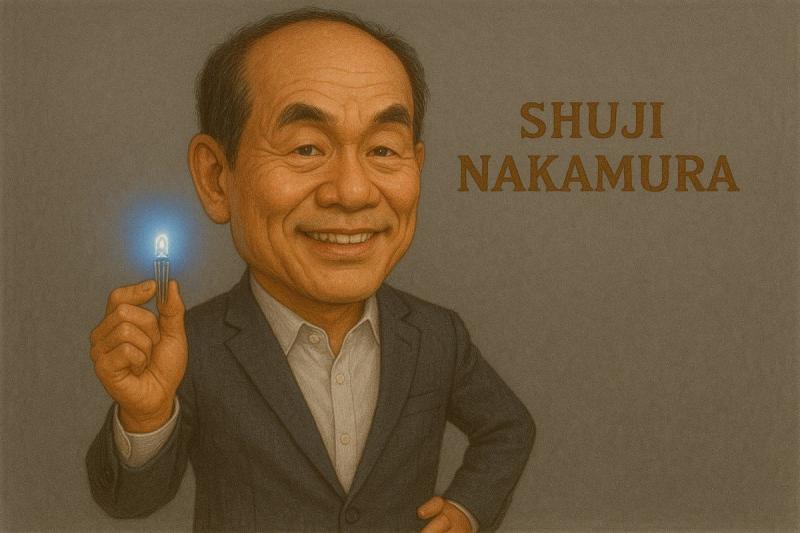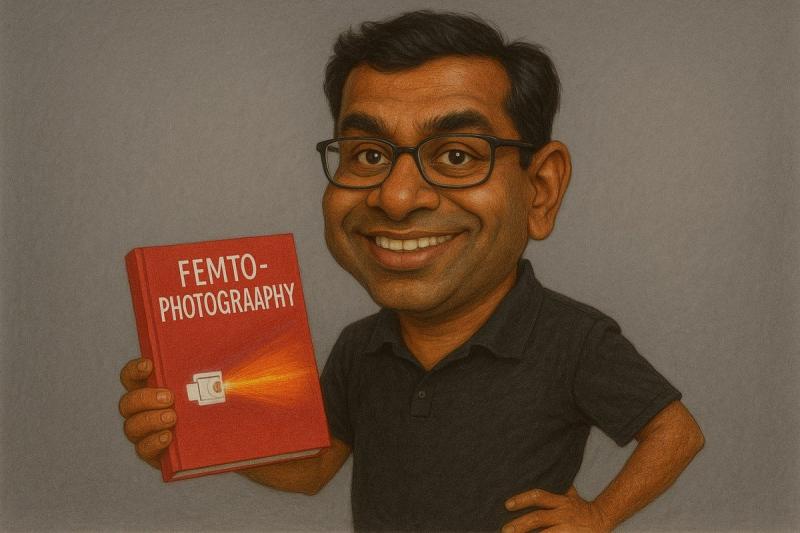Percy Spencer: The Surprising Genius Behind the Microwave Oven
Introduction: Who Was Percy Spencer, and Why Should We Care?
Step into almost any Indian kitchen, and you’ll hear the hum of a microwave oven. The humble appliance has become a quick fix for reheating yesterday’s biryani or reviving leftover dosa. But while some may treat the microwave as just another gadget, its story is part science, part serendipity, and a bit of good old-fashioned curiosity.
Percy Spencer, raised in rural Maine and educated mostly by life itself, wasn’t your typical engineer. He joined Raytheon, brought endless curiosity to the workbench, and—thanks to a bit of melted chocolate—ended up rewriting the way humans cook.
If you’ve ever used a Samsung Solo Microwave, dived into “The Physics of Everyday Things,” or gifted a child the Snap Circuits Light kit, you’re walking in Spencer’s shadow. (Well, more like microwaving in it.)
A Moment of Accidental Brilliance
Let’s get one thing out of the way—Spencer didn’t set out to invent the microwave oven. Picture this: clunky lab coats, a room full of magnetrons, and an engineer who just wanted to make military radar a bit better. On a regular workday in the 1940s, he stood near an active magnetron (think, a gadget that spits out microwaves for radar). Mid-experiment, he notices a strange, melting situation—his chocolate bar had turned into sugary goo inside his pocket.
Where most folks would just mourn the chocolate, Spencer’s insight came alive. Instead of blaming the Maine heat, he realized those invisible waves—the microwaves—were responsible. One melted treat; a whole new world.
The "aha!" moment often comes when you least expect it. Here, it came with a messy pocket.
Scientific Achievement: More Than a Happy Accident
After his chocolate epiphany, Spencer didn’t just shrug and grab a new snack. He got curious. He grabbed a bag of popcorn (before it was cool, literally) and watched it pop near the magnetron. Eggs followed—one exploded right in a co-worker’s face. (Safety goggles, anyone?)
Spencer understood he’d found a way to heat food using rapid, invisible energy. He pushed his curiosity further, experimenting until he figured out how to harness these waves safely and reliably. He designed the first true microwave oven—a beast of a machine called the Radarange. We’re talking about a six-foot-tall contraption that weighed as much as a grown man and cost more than INR 5 lakh, back in the late 1940s.
Here's what made it different:
- He figured out how to control and focus microwave energy, instead of just letting it loose.
- He built safety measures to keep people from ending up as cooked as their dinners.
- He imagined a future where this “impractical” technology could fit—the dream that led to the microwave in your kitchen.
What started as a ruined snack became engineering gold.
From Lab Bench to Lunch Counter: Microwave’s Commercial Leap
Raytheon jumped on Spencer’s invention. They released the first commercial microwave oven—the Radarange. Initial sales focused on restaurants, ocean liners, and railways. Spoiler: no family in Mumbai was about to shell out INR 5 lakh for kitchen convenience in those days.
But over the next two decades, the price—and size—dropped. By the late 1970s, consumer-friendly models like the Sharp Carousel Microwave hit the shelves, coming in at around INR 10,000 to INR 15,000, or about the price of a mid-range ceiling fan.
Now, microwaves are everywhere. The appliance runs in:
- Homes, letting you make mug cakes and “30 seconds only” parathas.
- Offices, where reheating lunch is a ritual in shared kitchens.
- School science labs, where a curious student might test anything from snacks to soap.
And the money? By 2024, the microwave oven market hits nearly USD 20 billion globally—a whopping INR 1.6 lakh crore. The numbers are large enough to fit even the most ambitious family feast.
Woven into daily life, microwaves show up in meal prep books (“Microwave Mug Meals”), cooking courses, and even in gadgets like the Morphy Richards 23MCG, promising to steam, grill, and reheat with a single push.
Legacy: What’s Still Cooking?
Percy Spencer passed away in 1970, never becoming a household name like Edison. But whenever you press the “popcorn” button or hastily nuke your chai, you’re channeling his inventiveness.
Today’s ovens are sleeker, cheaper, and tech-packed:
- You can steam, grill, and even bake in some models.
- “Healthy cooking” presets now offer less oil and more veggies (finally, your New Year resolution may stand a chance).
- Kids learn about microwaves in science kits like “National Geographic’s Science Magic,” bridging Spencer’s curiosity with a new generation.
But there’s still a little wildness. Microwaves are banned from many upscale restaurants, and some chefs warn they “kill the soul of the food.” (Try telling that to a famished teenager.) The debate continues, but the numbers and convenience speak loud.
More than anything, the microwave remains a symbol of what can happen when curiosity meets insight. It also teaches us that sometimes, a little mess in your pocket leads to a whole lot of good for the world.
Conclusion: The Human Behind the Hum
So, next time you grab a quick snack and hit “start,” don’t forget Percy Spencer—the radar engineer who turned a ruined chocolate into a world-changing invention.
Microwaves were born out of curiosity, a sprinkle of luck, and a dash of irreverence (oh, and a willingness to wipe goo off your own trousers). That’s innovation, human style.
And if you ever doubt the power of asking “why?” or “what if?”—just remember, it might be you who stumbles on the next big thing, with just a chocolate bar and a gut feeling. Hungry for more? Maybe pick up “How Things Work” for your next read, or grab a child the Science Wiz Energy Kit. Percy would approve—though he’d probably ask, “What else can you cook up?”
Okay, that’s it for this piece. Now go on, give your microwave a little nod of respect. It earned it.



